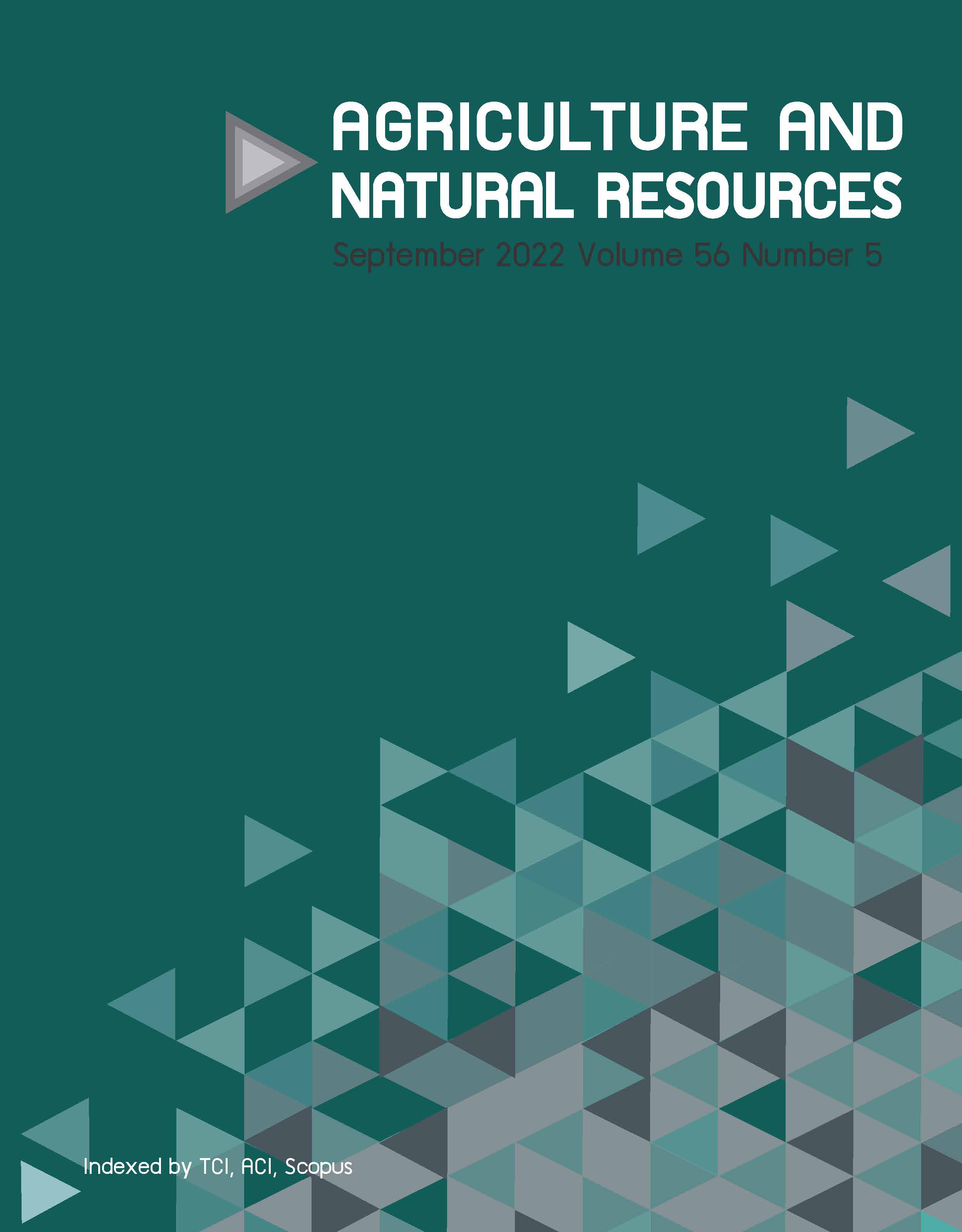Postnatal and postweaning endocrine setting in dairy calves through hair cortisol, dehydroepiandrosterone and dehydroepiandrosterone sulphate
Keywords:
Allostatic load, Calf, Dehydroepiandrosterone, Dehydroepiandrosterone sulphate, GlucocorticoidsAbstract
Importance of the work: The care of calves on dairy farms between birth and weaning can improve their long-term development and growth. In fact, a poor newborn health status and a high allostatic load may adversely affect development in dairy cows. To determine cortisol, dehydroepiandrosterone (DHEA) and dehydroepiandrosterone sulphate (DHEA-S) individually is useful for an understanding of the individual state, being biomarkers of hypothalamic-pituitary-adrenal (HPA) axis activity.
Objectives: As a preliminary study, to investigate the hair concentrations of cortisol, DHEA, DHEA-S and their ratios in dairy calves in two key periods of their growth characterized by considerable environmental changes.
Materials & Methods: Hair sampling was conducted on clinically healthy dairy calves during the postnatal period at age 64.8±0.65 d (POP; mean±standard error; n = 73)
and during the postweaning period at age 155.3±0.85 d (PWP, n = 62). The hair hormone concentrations were measured using a radioimmunoassay.
Results: Hair cortisol concentrations were higher in the POP than in the PWP. Furthermore, the cortisol:DHEA and cortisol:DHEA-S ratios were higher in the first period of evaluation, showing a higher animal allostatic load at birth.
Main finding: Identification was achieved non-invasively of calves with a high allostatic load through biomarkers of HPA axis activity. The evaluation of this activity is very important given its influence on many biological processes, such as energy balance, development of the reproductive system and immune response.
Downloads
Published
How to Cite
Issue
Section
License
Copyright (c) 2022 Kasetsart Universityonline 2452-316X print 2468-1458/Copyright © 2022. This is an open access article under the CC BY-NC-ND license (http://creativecommons.org/licenses/by-nc-nd/4.0/),
production and hosting by Kasetsart University of Research and Development Institute on behalf of Kasetsart University.







